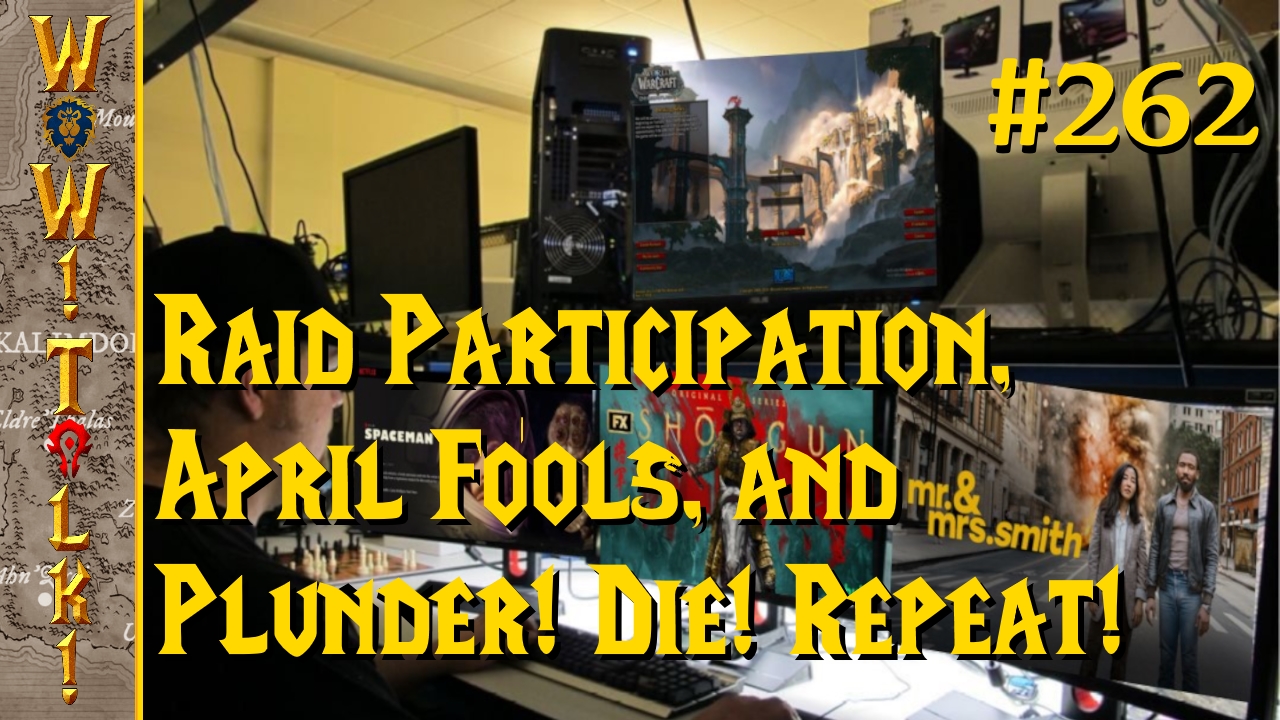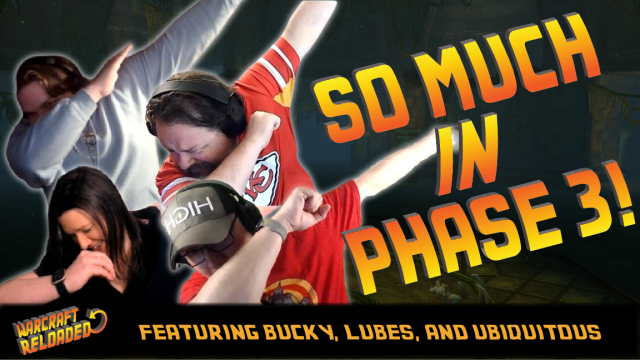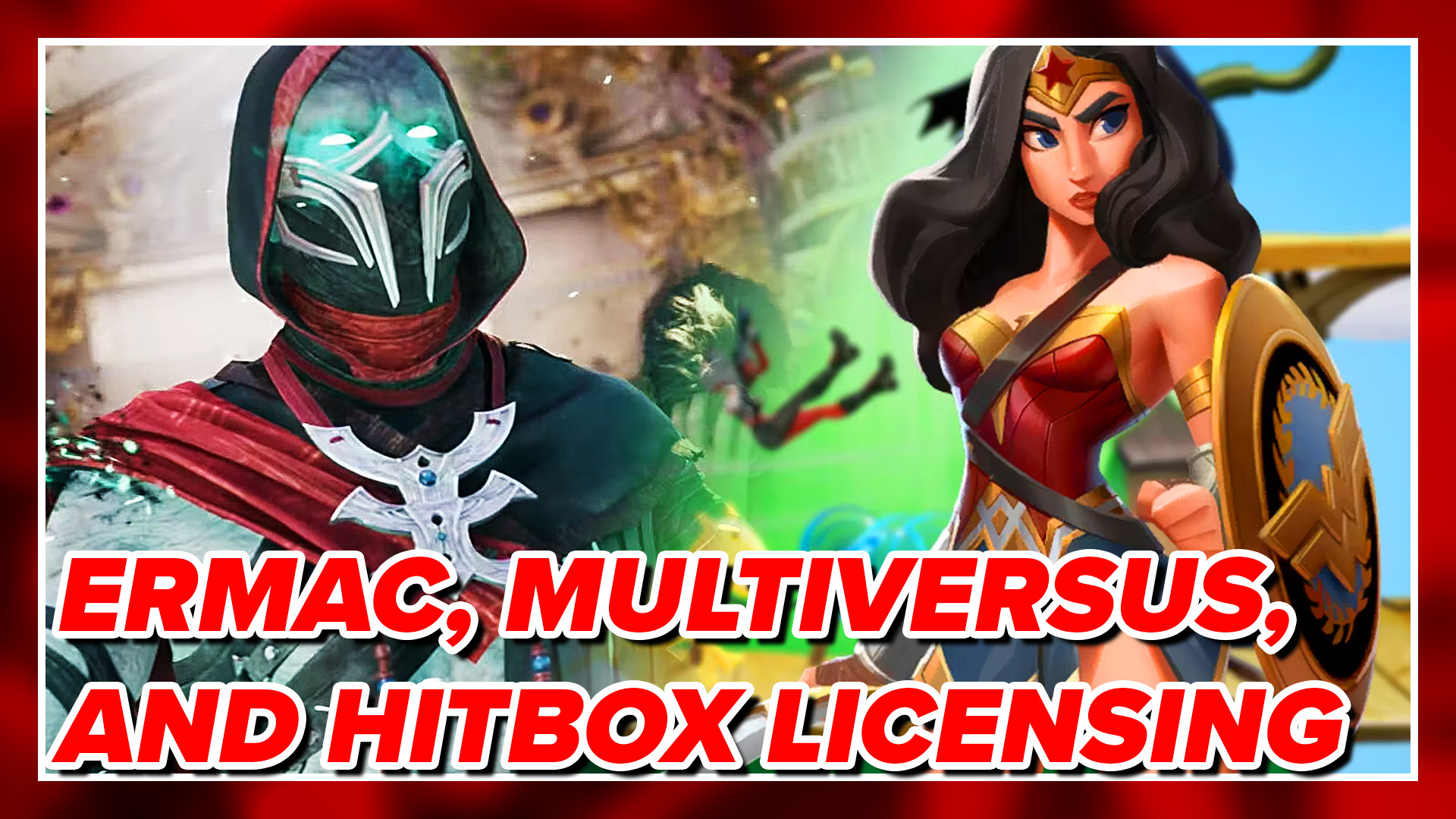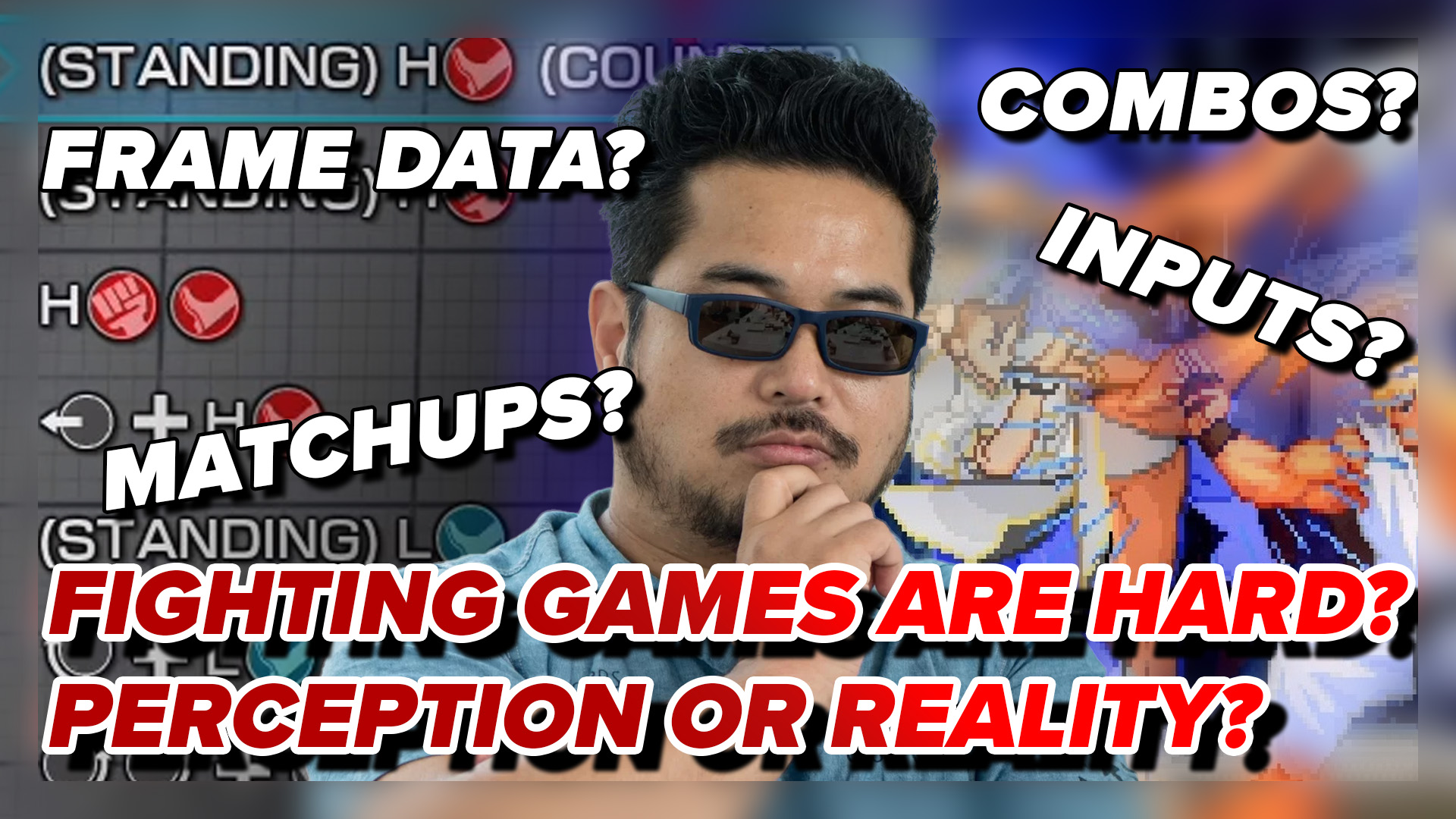
I’ll be perfectly honest with you; I’m not a fan of turn based strategy games. It’s not that I dislike them, but if it were between playing one and, let’s say, an RTS, I’d choose the RTS. That being said, the exact opposite happened when it came to Skulls of the Shogun. (In fact, I’m pretty sure my Starcraft II ranking has fallen in the past week due to me not playing matches.) This is actually the second review I’ve written for Skulls of the Shogun, which is why this is coming out so late. While I was finishing the first review something happened: I began to truly understand how to play and the depth of the game’s strategy. In other words, it took longer than I thought for me to stop being a complete noob and get with the program.
In Skulls of the Shogun you play a fallen General who was on the cusp of becoming Shogun, but was stabbed in the back while on the edge of victory. You wake up in the land of the dead where you’re not only told that you need to wait in line to be judged, but there is an imposter claiming your fame and identity. Other dead warriors join your cause and you’re off to take out the impostor.
In the first level you are introduced to three units which you can pretty much consider your core units: Calvary, Infantry, and Archers. Units in the game differ in a few aspects. The first aspect, and one of the most important, is movement. Each unit has a certain radius they can move—some larger than others—and this radius shrinks considerably after they attack. Many decisions will be based on the movement radius of certain units. Not only because it determines if a unit can get into attack range, but also if they will be able to get a safe distance away after the attack.
Different units have different weapons that have various effects and limitations. For example, Infantry can only attack close range with their swords, but when they attack they knock the opponent back. Archers, on the other hand, can only attack from long range, but also cannot counter attack at close range. Units also have varying stats, and these usually balance out with either their movement or weapon effect. Infantry has high defense and a moderate attack but a smaller movement radius, while Calvary has moderate defense and attack but a very large movement radius.

There are additional units you can obtain while playing a level from monk shrines. There are different types of shrines that will produce units that have various abilities. Some shrines provide healers while others may provide a fire caster, wind caster, or another monk with a different ability. In order to control these shrines you must haunt them which makes one of your units unplayable for a round. You can use haunting to control regular shrines and rice paddy fields.
Regular shrines allow you to purchase additional units from the core group (Infantry, Calvary, etc) and use rice collected from rice paddy fields as currency. Haunted shrines can be taken over by opposing forces if they are allowed to haunt it without being destroyed. You can turn the tide of a battle by taking over an enemy monk shrine, essentially removing something as important as a healer or fire caster from their side and simultaneously bringing them to your team.
Of all the units on the board the General is the most powerful. Not only does he have a large movement radius, he also has high health, high damage, his attacks knock back, and he can do two actions in one turn. For the most part, the key to victory is to kill the other sides General. Some levels in the single player have other objectives, but most of the time this will be your goal. The General becomes even more powerful after eating three skulls.
Skulls are dropped by enemies you kill. Eating them not only restores your health, but if you are at full health it will increase it. Eating three skulls will turn a unit into a demon, giving them two actions per turn. In the case of the General, he will have three actions per turn. A demon General can take out several opponents in his turn, turning the tide of the battle.

Terrain is also a very important piece of the game, and this was one of the items that took me a while to understand. The terrain has various structures, passages, and waterways that all effect combat. You can place units behind boulders or structures to keep them out of a long range unit’s line of sight. You can place units in bamboo which drops their chance of being hit by 20%. One of the most important elements of terrain is water. If you knock an enemy into water they die instantly. This is extremely important and can put you back in the game in case you’ve allowed an enemy to grow very strong by eating skulls. No matter how powerful the unit is, if they make the mistake and are near water you can knock them in and instantly knock them out of the game.
The ultimate strategy of the game is combining your units with skilled use of the terrain. Units can work together to create spirit walls. If a unit is locked in a spirit wall they cannot be pushed back, which can save you from losing many units to rivers. Also, you can place long range units behind the spirit wall to protect them from counter attacks. Strategies will differ depending on what levels you play and who you’re playing. There is no set strategy to win each map. Perhaps you can choke your enemies’ resources by taking over all the rice paddy fields, or maybe if they leave their General open you can go straight for him and knock him in water.
It’s a game of chess, not checkers. Positioning your units and timing is key. You need to be able to think a few moves ahead in order to win; even in single player. Just because you can attack a unit right now, doesn’t mean you should. This aspect is one of the things that makes multiplayer very exciting. The single player is good, but you kind of get to know how the computer thinks. Trying to determine what a living foe is cooking up is fun and tense at the same time. I lost a few matches where all I could do was clap when the final death stroke hit.
Like I said earlier, I’m not a fan of this genre. Skulls of the Shogun has at least opened me up to try other turn based strategy games. Any game that can pull me away from Starcraft II deserves recognition, and I think this game does. I would recommend it to anyone who enjoys games where they need to out think their opponent.




